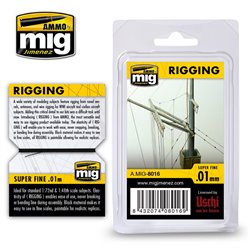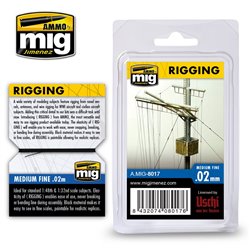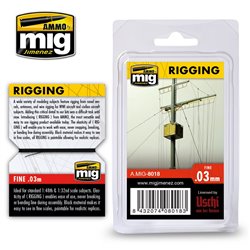The term Gibbet is most commonly associated with the kind of gallows-like structure used to hang people, but thanks...
No products
Product successfully added to your shopping cart
There are 0 items in your cart. There is 1 item in your cart.
Search Tips
Christmas and New Year
We are dispatching orders every weekday apart from Christmas Day, Boxing Day and New Year's Day.
If you select next day delivery at checkout, please note deliveries are not made on public holidays or Sundays.
The shop in Sandown is open 23rd and 24th December, then closed from 25th December, reopening on 30th December.
What is the most appropriate size thread to use to rig a 1/48 biplane model?
The most appropriate size of thread to use for rigging a 1/48 scale biplane model would depend on the specific kit and the manufacturer's recommendations. Most modellers will opt for 1/48 scale because it is a pragmatic choice for smaller to medium-sized aircraft, in that it shows a good amount of detail without taking up a large amount of space. As a result, the manufacturer may well have anticipated the modeller's desire to 'rig' the kit and may offer advice accordingly in the instructions.
In general, the most common thread size used for 1/48 scale models is 0.009 inches or 0.23mm in diameter. This size is thin enough to look realistic but strong enough to hold the model's parts securely. However, the size of the thread can vary between different manufacturers or models, some use 0.006 inches or 0.15mm, 0.007 inches or 0.18mm or 0.010 inches or 0.25mm.
A number of manufacturers now produce rigging thread in a variety of sizes. These threads are designed with modellers specifically in mind, as such, they are both strong and flexible. Additionally, these threads are generally available in a range of different sizes, thus allowing the modeller to best match the appropriate-sized thread to the kit at hand.
It is always best to check the instructions of the specific model kit you are working on. Alternatively, another option is to seek advice from other modellers by checking the regular modelling forums, as inevitably someone else may well have made the same kit as you and have posted their thoughts and recommendations online.
Click here to receive the tips weekly in your mailbox. You can unsubscribe at any time.










